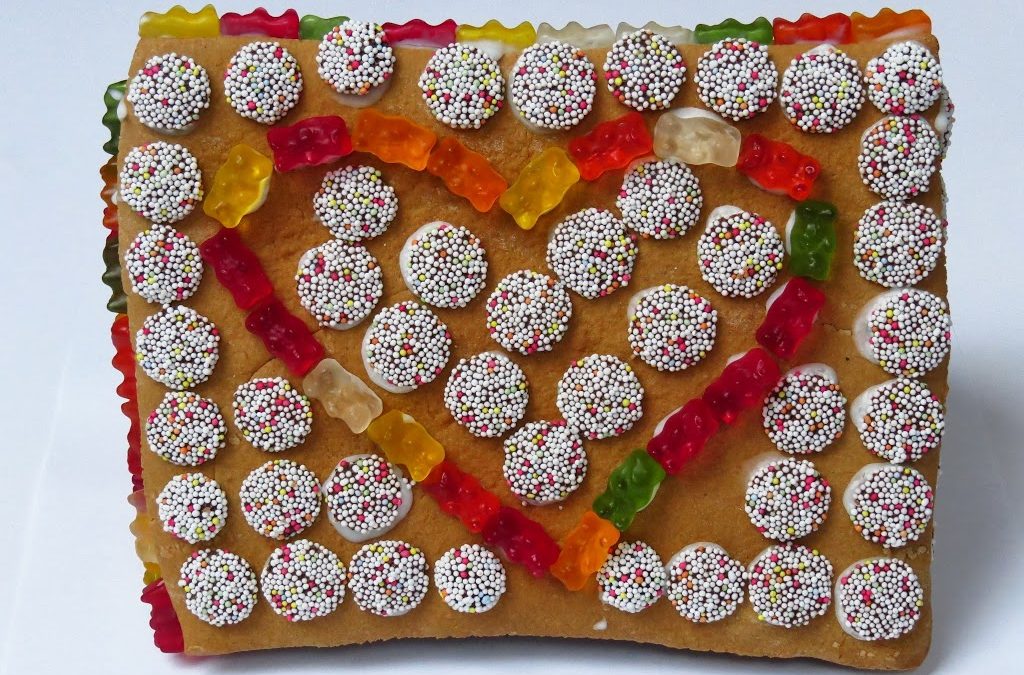by Aaron Sathyanesan | neuroscientist and Dark is Beautiful supporter
What skin colour did Jesus have?
This question, I believe, is at the storm-eye of a scandal for the ages.
Recently, this scandal made the rounds in media outlets, social networks and the uttermost parts of the blogosphere. It started out as a reaction to an article in Slate magazine about a case for why Santa Claus or Father Christmas should be an inclusive figure rather than a jolly-old white dude. Here’s how a talk show host reacted to the article during an on-air discussion:
Jesus was a white man, too. It’s like we have, he’s a historical figure that’s a verifiable fact, as is Santa, I just want kids to know that. How do you revise it in the middle of the legacy in the story and change Santa from white to black?
Foot. In. Mouth.
Apart from the fact that this talk show host wanted so dearly for children to “believe” in Santa, there’s a white elephant in the room (pun intended), trumpeting its heart out for attention.
I would like to point out, though, that attempts to “repaint” Jesus with broad brush-strokes of our modern sensibilities are not new. The Late Rev. John R.W. Stott, a Christian scholar and statesman, in his book Contemporary Christian (1995) lists thirteen versions of Jesus. Some of them are worth mentioning for illustration. There’s Jesus the founder of modern business, based on Bruce Barton’s then best-selling book, The Man Nobody Knows (1925). Barton, who reacted against a soft, namby pamby Jesus who would pass off as the class sissy, produced a picture of Jesus as a chiseled, muscular, tough man who probably was involved in many “outdoor activities.” This Jesus’ entire life was a story of success and most importantly, he taught the secrets of modern business. Then there’s T.N. Carver’s Jesus the Capitalist, as sketched out in his book The Economic Factor in the Messiahship of Jesus (1922) and Jesus the Freedom Fighter as Cuba’s Fidel Castro so many times claimed. And then there’s Jesus the Pale Galilean spoken of in Swinburne’s Hymn to Proserpine (1866) where the English poet laments the rise of Christianity, saying:
Thou hast conquered, O pale Galilean; the world has grown grey from thy breath;
This pale version of Jesus was also captured in the works of the Renaissance masters, where Jesus’ skin complexion is really, really, really light…bordering anemic. The Rastafari reacted against this portrayal of Jesus as colonial and racist; some of them even citing bible verses claiming that Jesus was in fact black.
And then there was the historical Jesus, who was probably not white nor black, but most probably, dare I say, brownish, as you would expect a first century Jew from Palestine to look like.
From all these ‘versions’ of Jesus, one thing seems to be clear – that as human beings, we love to label things. As neuroscience has so clearly shown us, the human brain excels at pattern identification. Our biological nature predisposes us to label x as “white” and y as “black.” But we go a step further and in addition to classification, knowingly or unknowingly, we assign values to these labels. The way we assign these values is intricately tied to our in-group bias. In other words, we like those who look like us and/or agree with us. And this bias seems like something we are born with, not just learned. As research from the Wynn & Bloom labs at Yale have shown, infants as young as three months old display this social bias. It seems like it is in our nature to form groups and classify people as “Us” and “Them.”
What does all this have to do with Christmas? Well, a lot.
Some two thousand years ago, in an obscure town called Bethlehem, a baby was born. His name was Jesus. He hung out with poor. He had fishermen and tax-collectors as chums. He had friends who had lesser melanin pigmentation in their skin (Roman soldiers), more melanin (his disciples) and even no melanin (lepers). This Jesus – the historical Jesus, came for us all. His humanity identified with us. His deity transformed us, and still transforms us. His work continues even to this day –when we clothe the naked and feed the hungry. When we stand up to oppression and injustice. When our enemies hurt us, and we pray for them instead. When we love our neighbours – black, white, brown or anything in between. When we follow him, and lay down our lives, so others, even those who don’t look like us, may live.
This Jesus – the historical Jesus, the one whose birth we celebrate on Christmas, came for all of us – for all the billion shades of beautiful.
So this Christmas
If you’re green with envy
Or blue and gloomy
If you’re in the pink of health
Or gracious and gray
Just remember
That the colour of Christmas
Is the colour of perfect love
Come from above,
And it is deeper, much deeper
Than the deepest red.



